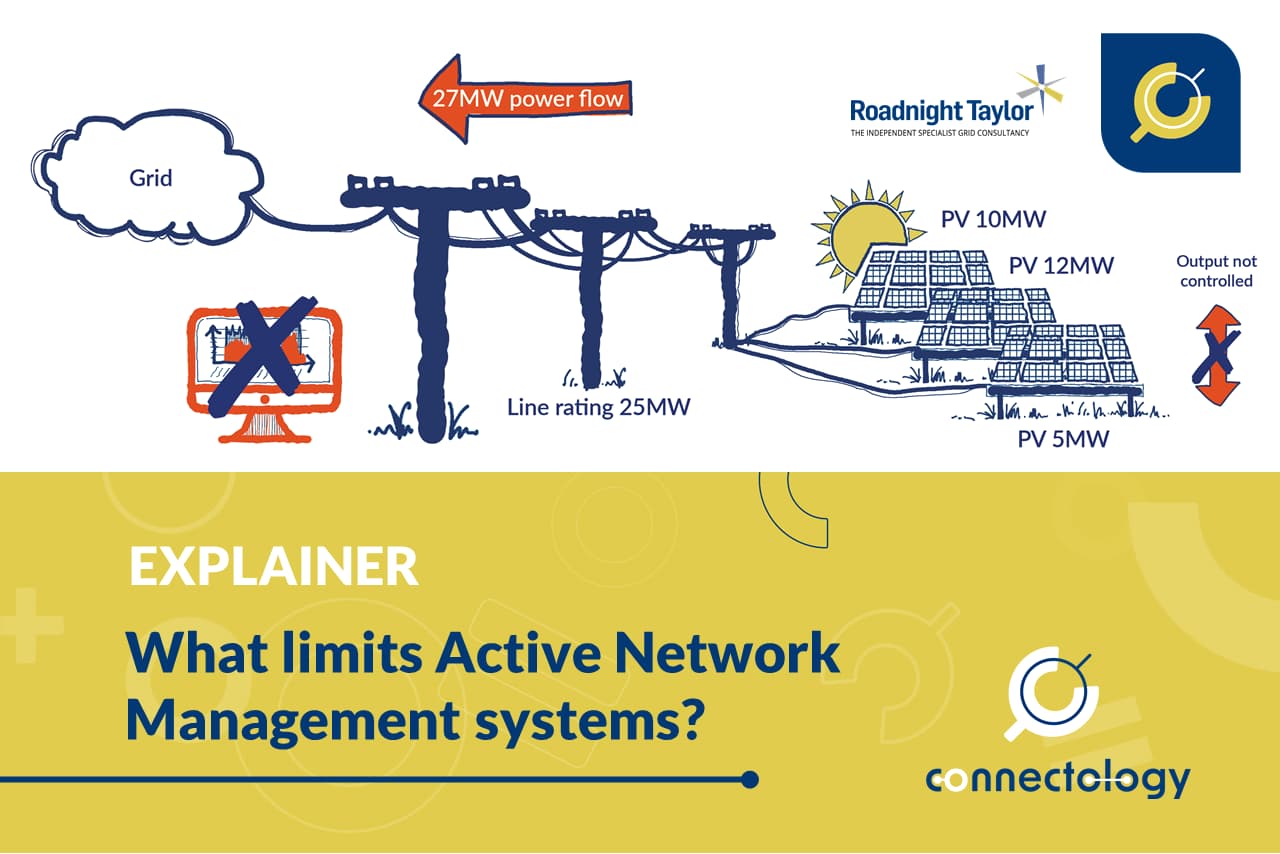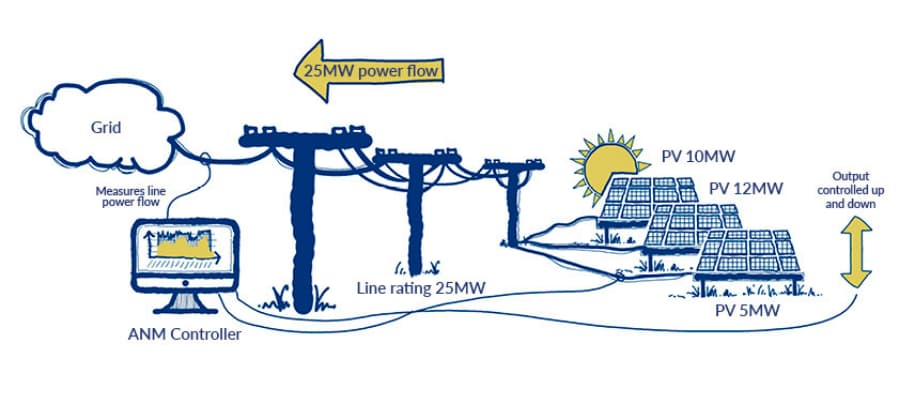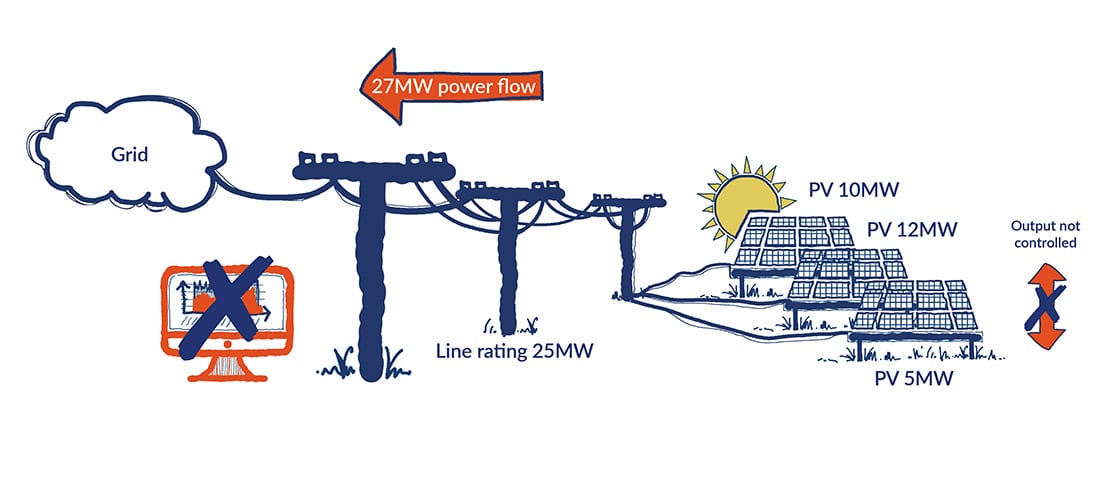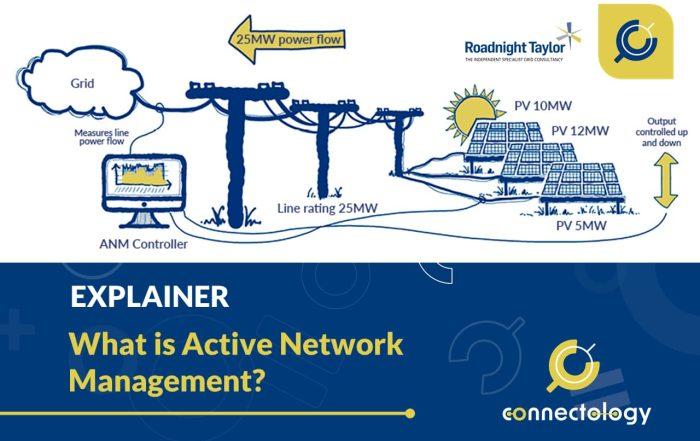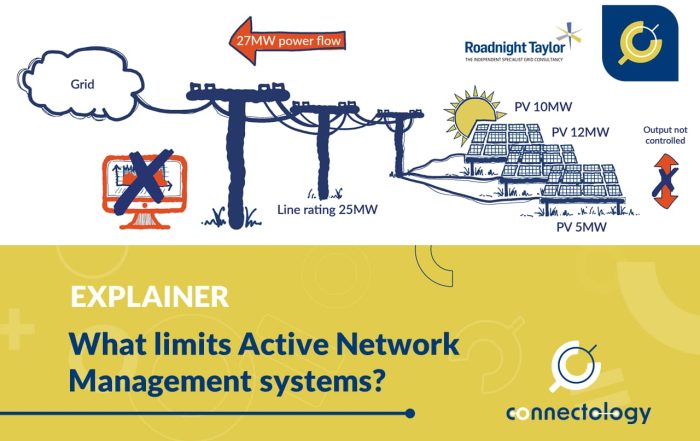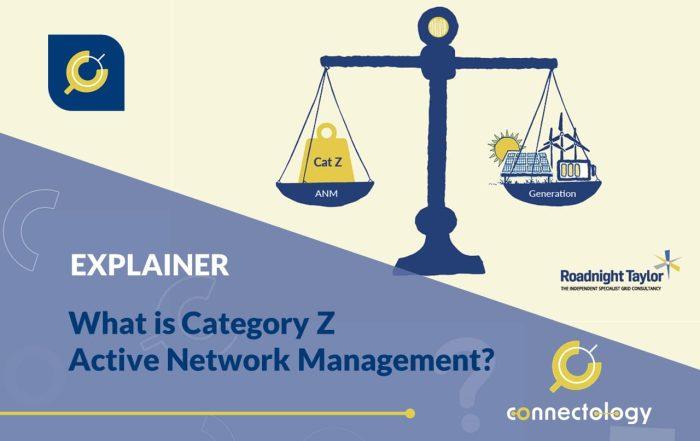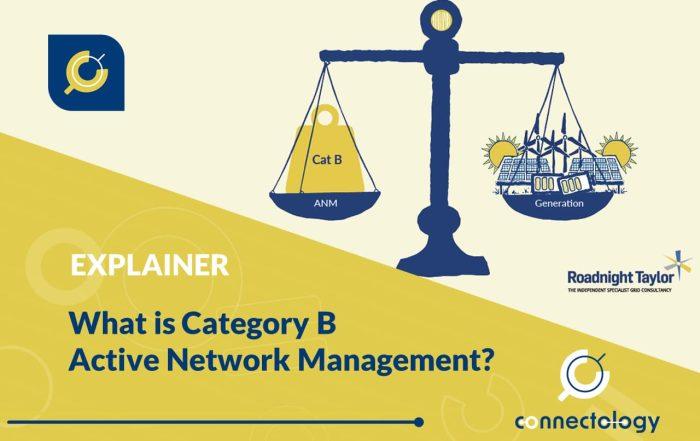What limits Active Network Management systems?
Two factors limit an Active Network Management System; a financial limitation and a technical limitation.
Article by Pete Aston – acknowledged expert in ANM systems
Pete joined Roadnight Taylor from Western Power Distribution (WPD), the UK’s largest Distribution Network Operator (DNO) and world-leading pioneers of ANM. Heading up WPD’s system planning team, Pete was responsible for the design of, and all connections to, its extra-high voltage networks. He was also responsible, amongst other things, for overseeing the roll out of ANM across all four of WPD’s licence areas.
7th December 2021

Active Network Management (ANM) is used by grid companies to control loads (mostly generators, but increasingly large demands as well, like batteries and large EV charging systems) to avoid having to upgrade the network. But is there a limit to how much load can be connected with an ANM system?
The answer is yes.
The first restriction to ANM is a financial one and is in relation to how much curtailment (loss of energy output) a site might be predicted to experience. For example, a 5% curtailment might be okay, but a 70% curtailment is unlikely to add up. So, in this way ANM systems will have a natural limit imposed by commercial decisions.
The second restriction to how much load can be connected to ANM is a technical one, imposed by the network company running the ANM system.
What is a technical limit to ANM?
So what actually is a technical limit on ANM? The first line of thinking for a grid company is that ANM systems can potentially fail. If they did fail, all the loads on that part of the network could operate at the same time – and overload the network.
Take the simplified example below. When the ANM controller is working properly, the power flow in the line doesn’t exceed the rating of the line.
But if the ANM controller failed, the power in the line could exceed the rating of the line.
Depending on the type of ANM system being used, a network company will limit how much generation is allowed to connect, and this is defined as the technical limit expressed in MW. The actual limit will depend on the type of ANM system being used (in effect how good it is at doing its job and how resilient it is to failing), and the capacity of the network that the ANM system is controlling.
Why Active Network Management has technical limits
Even though the grid company knows that there might be a natural self-limiting of these systems – in that higher curtailment predictions should put customers off building-out projects on heavily constrained parts of the network – they will usually seek to impose a technical limit for a number of reasons:
National Grid Electricity Distribution’s technical limits to ANM
As an example of a systematic approach to this, National Grid Electricity Distribution (NGED) has developed different categories of ANM systems, namely Category B ANM and Category Z ANM.
What Active Network Management limitations mean for potential projects
The main impact of a technical limit to ANM is that these systems can ‘fill up’, so that no further connections can be made using the ANM system. If this happens, a network company will need to undertake reinforcement of the grid (such as installing new transformers or overhead lines) to connect more customers.
So, if a customer makes an application expecting a low cost ANM connection, it’s possible that they would receive an expensive offer with lots of works. Based on our knowledge and experience, Roadnight Taylor can help with this by identifying areas of the network that may be getting close to the limits of the ANM system.
Contact us
Roadnight Taylor can help you understand whether an ANM connection is available and suitable for your proposed connection. To find out more call us on 01993 830571 or send us a message via our contact form.

